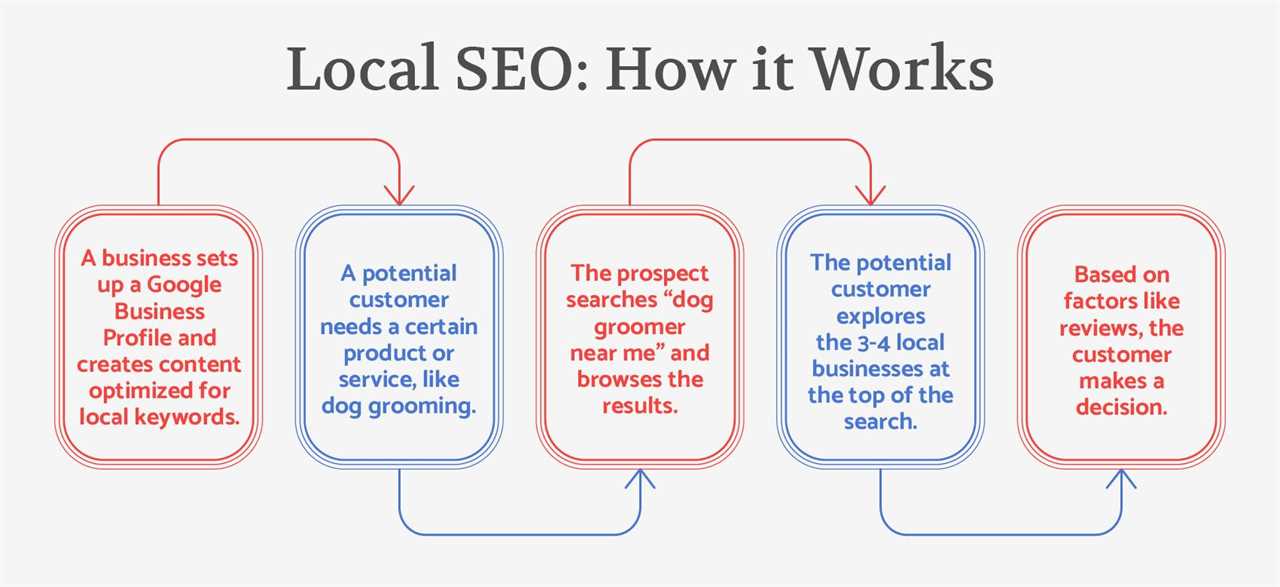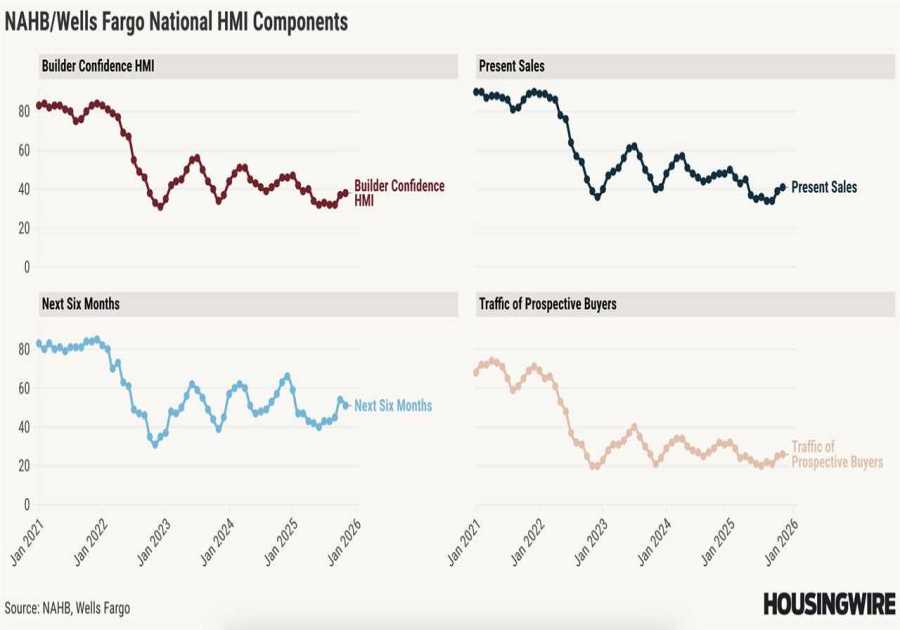Building a strong online presence for your business is no longer optional. A robust online presence is critical to establish trust and credibility with your customers, build connections with them, and reach new audiences. Research shows that 80% of consumers search online for local businesses weekly, underscoring the importance of making a strong first impression via digital channels.
But with so many channels to consider, from social media to search ads to local SEO, it can be hard to create a compelling and consistent online persona for your business. Let’s talk about proven ways tostablish your reputation online, boost visibility, and build brand loyalty.
1. Understand your audience and positioning.
First, define who you will be speaking to and how you want them to perceive your brand. Understanding your audience and end goals keeps your messaging consistent and prevents you from wasting resources on targeting the wrong audiences with ineffective strategies.
Here are some tips for defining your audience and positioning:
- Identify primary customer personas. Outline the major customer segments in your audience, clarifying key demographics, needs, pain points, purchase behaviors, etc.
- Example: Let’s say a pet grooming business in a major city is revamping its digital marketing efforts. They determine that most of their core customers are busy professionals who are 25 to 40 years old, work long hours during the week, and need quick weekend or lunchtime appointments.
- Analyze competitors. Research local competitors, comparing their offerings and messaging to yours. Identify any gaps or unmet needs that your business could address.
- Example: The groomer’s top competitor offers more flexibility with appointment times. However, they require customers to call to book services and don’t guarantee speedy service in their messaging.
- Clarify your unique value proposition (UVP). Your UVP should describe the value your products or services bring to customers, how they benefit customers or solve their problems, and why they should choose your business over others. Ensure your UVP clearly distinguishes you from your top competitors.
- Example: The grooming service decides to position its services as “fast, flawless, flexible grooming,” shaping its message around the following UVP statement: Get a salon‑standard groom without the hassle—book online or drop in, with no sacrifice on quality or speed.
- Resonate with your target market. Your brand voice, tone, and core values should be appealing to your audience, and you should reach out via the communication channels they prefer.
- Example: The groomer creates engaging, short-form content for social media and email to reach their target audience. They use warm, conversational language and highlight how efficient their services are.
2. Optimize your website.
Your website is the cornerstone of your online presence, where curious potential customers head to dig deeper into your products, services, and pricing. Your website should offer a great first impression by looking polished and professional. However, you also need to make it easy for new customers to find your website by optimizing it to appear in Google search results.
If you’re at all familiar with search engine optimization (SEO), you’ve probably heard that incorporating popular search terms or keywords into your content will help your site rank higher in search results. However, there is more to an effective SEO strategy than just keyword optimization. Consider the following:
- User experience: Ensure your site is mobile-friendly, loads quickly, and is easy to navigate. All of your core pages, like your about page, contact form, and service or product overview pages, should be linked in the main navigation menu.
- Keyword targeting: Use keyword research to inform your page titles, meta descriptions, and content. Select keywords that are relevant to your business and strike the right balance between search volume (how many times the keyword is searched per month) and difficulty (how hard it is to rank on the first page of search results). For a smaller local florist, this might mean targeting niche terms like “bridal bouquets in metro Atlanta” rather than broad, competitive keywords like “best flower shops.”
- Content quality: Create high-quality, helpful content targeted to your customer base. Aim to align with Google’s EEAT guidelines, which stand for experience, expertise, authoritativeness, and trustworthiness, by writing about topics that align with your area of expertise and incorporating unique insights based on your professional experience. For instance, an interior designer might publish a guide about the pros and cons of different types of flooring.
- Off-page elements and metadata: These elements help search engines better understand your website content, increasing the chance that it will rank. Be sure to structure content with clear, sequential headers (H1, then H2, then H3, etc.), add clear meta descriptions that fall between 150 and 160 characters, and add internal links to your other content to guide users and search crawlers through your site.
Additionally, establish clear paths to conversion for site visitors. Depending on your goals, this may mean encouraging them to subscribe to your email list, book a service, or make a purchase online.
Feature clear call-to-action (CTA) graphics or buttons with compelling visuals and copy prominently on your homepage and other core pages. CTAs should link directly to the landing page or resource customers need to access to complete the action. For example, say a bakery has a page listing services like corporate catering, wedding cakes, dessert bars, and boxed breakfast pastry platters. They might add CTA buttons that say “Order Now” and link to the relevant service request form under each listing.
3. Invest in local SEO.
Local SEO helps small businesses appear in location-based searches, which is especially important for brick-and-mortar businesses or service areas. You can probably think of a time you’ve searched “plumbers in [Your City]” or “Mexican restaurants near me.” Prioritizing local SEO means your business has a better chance of making it into those search results.
Gingr breaks down the process into the following steps:

- Set up a Google Business Profile for your business. Then, create high-quality website content optimized for local keywords (e.g., “10 Flower Recommendations for Your Summer Wedding in Austin”).
- Potential customers need the product or service you offer.
- The prospect searches keywords related to your business, such as “dog groomer near me,” or, continuing with our florist example, “bridal florists in Austin.”
- The potential customer browses the top three to four local businesses at the top of the search engine results page.
- Based on factors like reviews, business hours, and website quality, the customer makes a final decision.
Make sure to add key details like your business name, address, phone number, website, and business category to your Google Business Profile and update variable information like business hours as needed to build trust with your audience.
4. Build relationships via social media.
Social media is a powerful way to stay top-of-mind with your audience and share your brand story. Pick platforms that align with your audience’s communication preferences—the busy young professionals from our first example might use platforms like Instagram that offer lots of fast-paced content.
To gain traction on social media, be sure to:
- Post regularly and engage with your followers (e.g., reply to comments and questions on your posts).
- Share behind-the-scenes content, promotions, testimonials, and blog posts.
- Use features like stories, polls, and short videos to increase engagement.
- Consider partnering with local influencers, community personalities, or other businesses to tap into new audiences.
- Consider modest paid campaigns to boost visibility for key offers.
To build your social media following and convert those followers into customers, remember to integrate social media with your other marketing channels. Link to your social media profiles on your website and in marketing emails, and highlight those channels in social media posts. This will create a seamless, omnichannel strategy that effectively guides customers down the purchase funnel.
Building a strong online presence doesn’t happen overnight, but it also doesn’t require you to implement every tactic all at once. Start with foundational elements by optimizing your website, then expand your strategy with social media. The key is consistency—a steady, thoughtful presence will pay dividends over time
About the Author
Alyson Fisher, Associate Director of Professional Services at Gingr
Alyson Fisher brings nearly 20 years of experience in the pet industry, combining her expertise as an operational and financial analyst with her passion for helping pet-care businesses thrive. As a respected thought leader and business manager, she offers strategic insights that drive real results.
Alyson is not only the Associate Director of Professional Services at Gingr, but also a proud Gingr user through her own company, Fantastic Fidos, giving her a unique, hands-on perspective that bridges both sides of the pet-care world.
Read More
By: Guest Author
Title: Building a Strong Online Presence for Your Small Business
Sourced From: marketinginsidergroup.com/marketing-strategy/building-a-strong-online-presence-for-your-small-business/
Published Date: Tue, 05 Aug 2025 09:30:18 +0000
Did you miss our previous article...
https://trendinginbusiness.business/business/rachel-reeves-urged-to-apply-vat-to-private-healthcare-in-bid-to-fund-nhs
.png)





